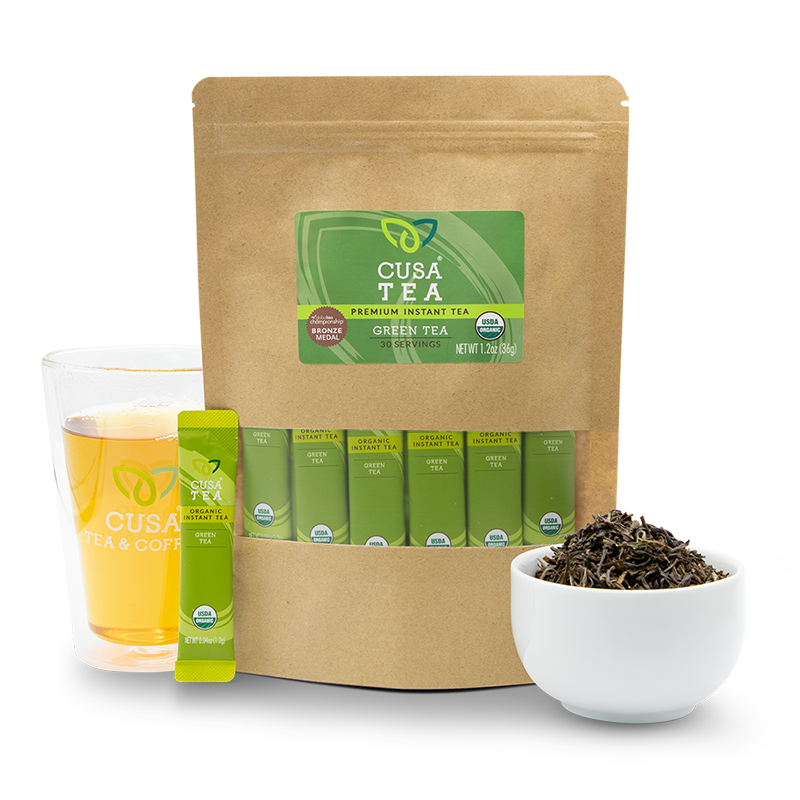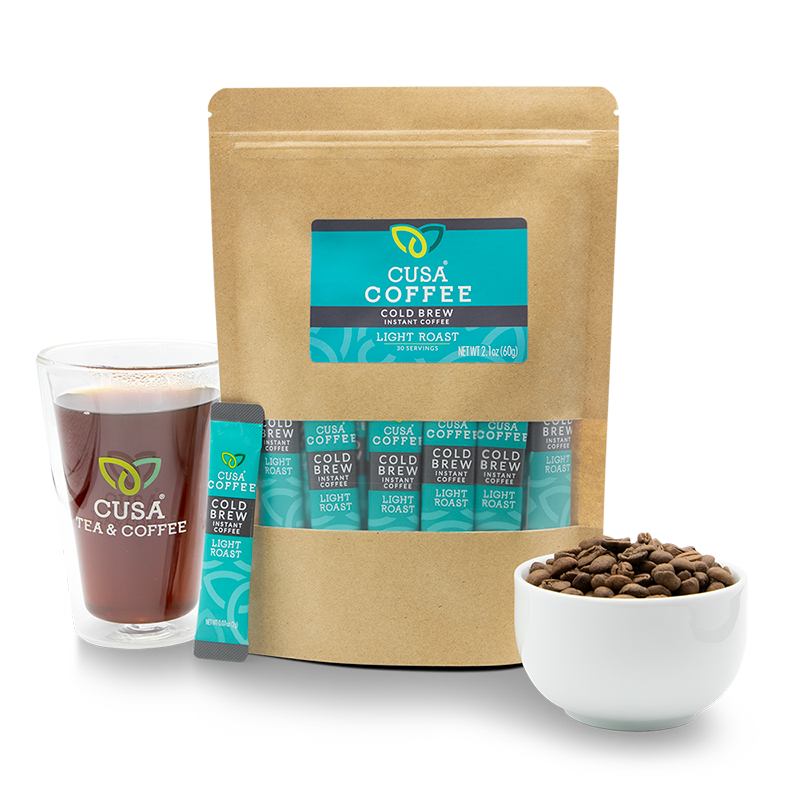Instant coffee tends to have a bad rap. It’s usually burnt, bitter and not most people’s first choice for flavor. It’s awfully convenient, though, and has been used for decades for that reason, by campers, the military, truck drivers or those who just don’t have time to wait for a pot to brew in the morning.
At Cusa, we’re changing what “instant coffee” means with our fresh-tasting, smooth, water-soluble coffee crystals that happen to be instant but sure don’t taste like it. Every day, we change coffee drinking habits by showing people that convenience doesn’t have to sacrifice quality.
But when it comes to your morning brew's environmental impact, did you know that instant coffee is the best choice you can make?
Coffee’s Environmental Impact
The average person drinks two or more cups of coffee a day. With all that consumption - and the fact that it has only increased in the past 30 years, it’s worth taking a closer look at the impact coffee has on the environment.
While many factors at the farming and production level affect coffee’s impact on the environment, as a coffee consumer, you can have the biggest impact by reducing waste when you brew your daily cup.
Drinking your coffee black is the most eco-friendly way to drink coffee in general, since dairy and sweeteners come with their own footprints. (Thankfully, Cusa is formulated to taste delicious all by itself, but we digress.)
Everyone has different taste preferences, so let's zero-in on how you brew your coffee at home. A lot goes into it - electricity for the kettle or pot (including for keeping coffee warm after it’s brewed), packaging, water and coffee bean waste.
Filtered coffee uses twice as much coffee as instant coffee for the same cup*. Because a pot can be kept hot in case you want more coffee later, we often end up brewing more and then wasting some of the water used.
Both coffee capsules and instant coffee avoid the overuse of coffee and water seen with drip coffee, but that convenience can lead many to drink twice as much coffee.
Cusa's Smaller Footprint
With Cusa’s proprietary brewing method using cold water and pressure (we don't spray-dry or freeze-dry), the coffee’s caffeine is slightly concentrated, meaning you probably won’t be reaching for more just for the caffeine. (We can’t account for your love of the flavor, though!)
The pressure also extracts more flavor from fewer ingredients, reducing waste of coffee beans.
And of course, you aren’t wasting water or coffee at home since a precisely pre-brewed cup is ready for you with each serving. All you need to do is reawaken it with water.
So there you have it! Cusa is a great choice for the environment. Here’s what you can expect with one small package:
- Less transportation energy needed to ship it around (lightweight powder and packaging)
- Less coffee needed to brew it (the pressure extracts more flavor from fewer beans)
- No water waste when you brew
- Less energy needed to heat the water you use
- The coffee grounds used to brew are composted (how many companies can say that?!)
- Recycling program with TerraCycle for making sure our coffee packets don’t end up in landfills








